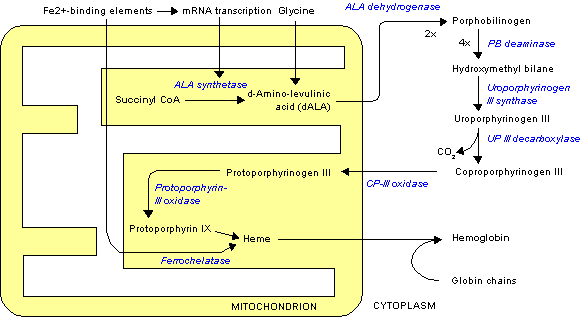NICHOLAS ASHBY'S dark future brightened this week when he left his home in Orofino for a bone-marrow transplant in Salt Lake City. Nick, 3, is one of seven people in the United States with congenital erythropoietic porphyria, known among laymen as werewolf's syndrome. Sun or bright light causes the cute blond toddler's skin to erupt in flesh-eating sores that look like chickenpox. Nick's body produces hair to protect his skin. His adult teeth will grow in black.
A clash of his mom and dad's chromosomes sparked the extremely rare syndrome that kills children by age 5. A bone-marrow transplant that would replace all Nick's red blood cells, which produce the disease, is his only hope for a normal life.
Doctors found a bone-marrow donor last week.
"It's a man, somewhere in the U.S., anonymous," Mary Ann Mattson, Nick's mother, said before she and Nick left for Salt Lake City. "His bone marrow has everything it supposedly needs for this to be successful."
The National Marrow Donor Program found one donor for Nick among the 5 million people ready to give bone marrow. The donor is a 90 percent match, but doctors have assured Mary Ann that his bone marrow contains all the vital elements that Nick needs.
Mary Ann shared Nick's story with the public a month ago, hoping to motivate people to donate their bone marrow. The National Marrow Donor Program had searched for three weeks and found no one. Readers donated money and even offered blood from umbilical cords. Cord blood is a rich source of stem cells, which would rebuild Nick's immune system. Doctors were relying on cord blood if they couldn't find a bone-marrow match.
While Nick waited, the sores that had sprouted on his face, neck and the backs of his hands faded and Mary Ann's panic level lowered. Her little boy began talking. Health problems had dominated his start on life. Mary Ann estimates he's about nine months behind normal. His chatter thrilled her.
"Right now he's full of it," she said, laughing as Nick yelled in the background. "He's talking like a magpie, dancing, singing. He has no clue what he's in for."
Mary Ann drove with Nick to Utah because doctors said the germ factor is too high on planes. Nick will undergo tests this week and a transfusion. Nine days of extensive chemotherapy to kill his bone marrow will start the procedure. While Nick is in chemotherapy, someone on the transplant team will fly to the donor's location, pick up the bone marrow and carry it to the University of Utah's Primary Children's Hospital where Nick is a patient. Doctors will transplant it into Nick the same day.
Doctors and geneticists give the transplant an 80 percent to 95 percent chance of success. Nick will stay isolated in his room for six weeks. Mary Ann will stay with him. She's allowed to leave his room but has to scrub down before re-entering.
If recovery goes well, Nick will follow his six-week isolation with another month in the hospital, then a month in an outpatient transition home with special air filters.
"He can't go to school for three years and they want us to avoid public places for at least a year," Mary Ann said.
Nick's dad, Rob Ashby, moved to Salt Lake City to stay by his son through the transplant. He and Mary Ann are divorced.
Medicaid will cover Nick's surgery, but Mary Ann must cover her own expenses during their four months in Salt Lake City. Her husband, Doug Mattson, will bring Mary Ann's older son, 14-year-old Mitch, to visit a few times and Mary Ann's parents, Bob and Janet Gregg in Lewiston, plan to stand by her during the transplant.
"We have no idea what to expect," Mary Ann says. "We'll be stuck in his room for six weeks. It's sort of like going to jail."
She welcomes cards, toys for Nick and magazines to keep her occupied. Nick likes Wiggles, Barney, Teletubbies, coloring books, cars and trucks. Everything must be new and sealed or the medical staff won't allow him to have it. Send gifts to Primary Children's Hospital, 100 N. Medical Drive, Salt Lake City, UT 84113, and to the attention of Nicholas Ashby. To help with Mary Ann's expenses, send donations to the Nicholas Ashby Benefit Account at the Orofino Community Credit Union, P.O. Box 1173, Orofino, ID 83544.
Close to Home
Cynthia Taggart can be reached at 765-7128 or by e-mail at cynthiat@spokesman.com.
Copyright c 2004 The Spokesman-Review
Provided by ProQuest Information and Learning Company. All rights Reserved.



